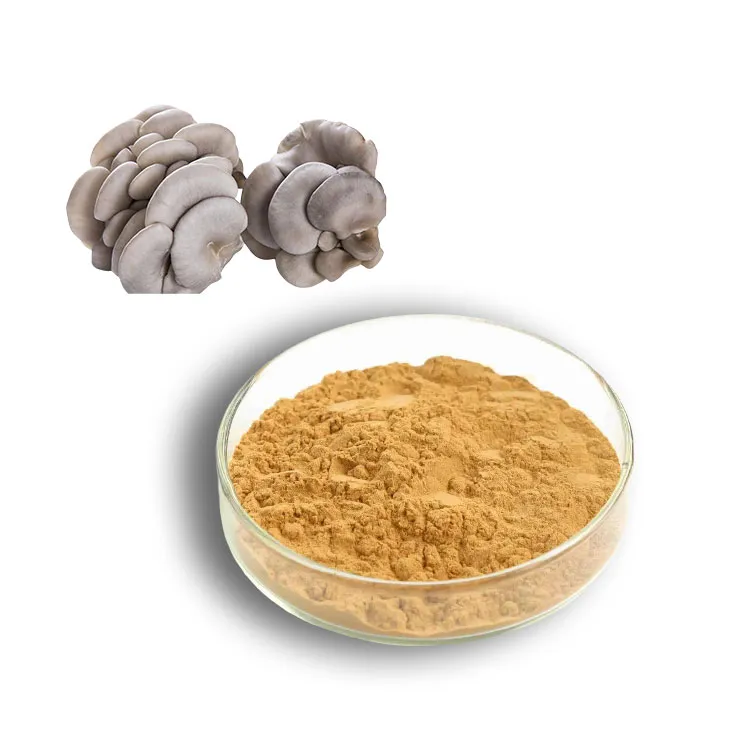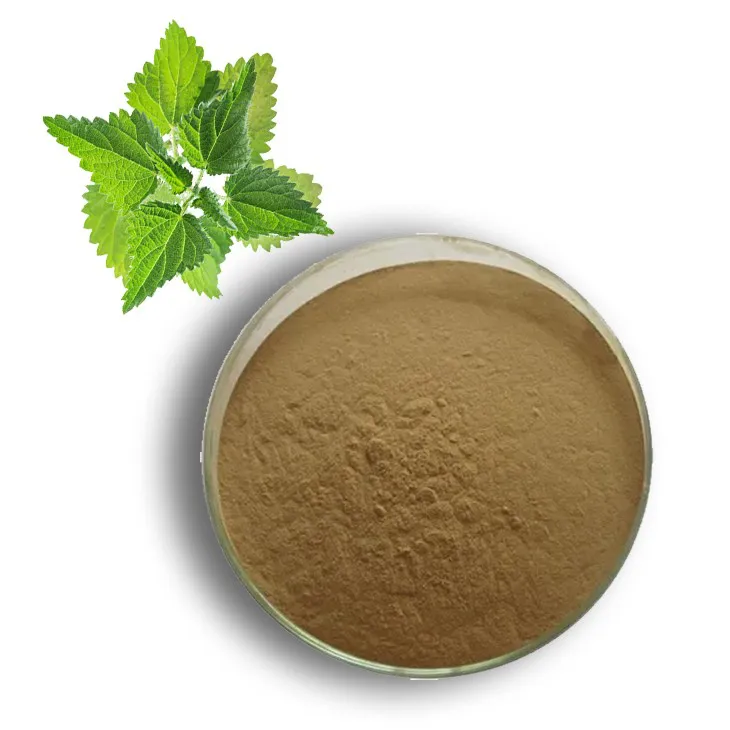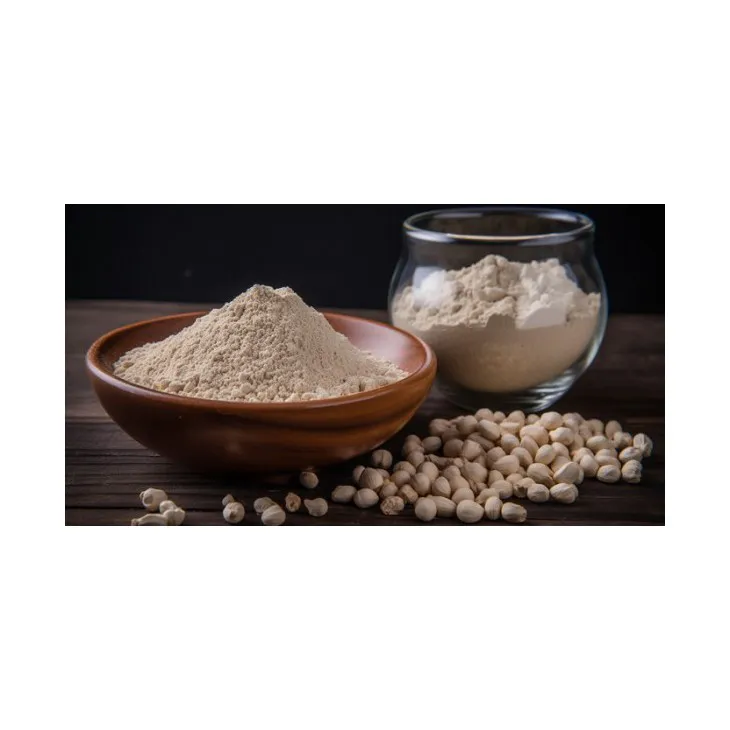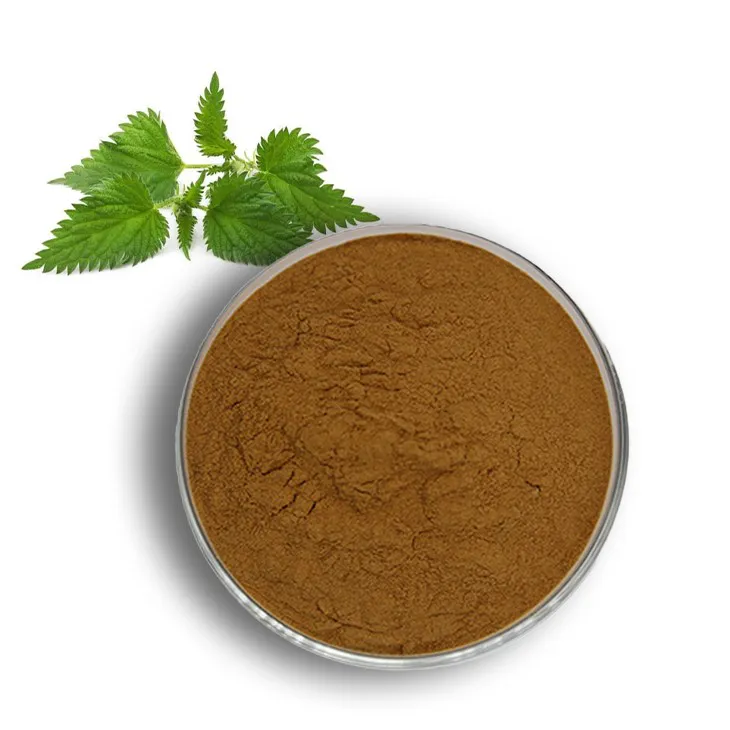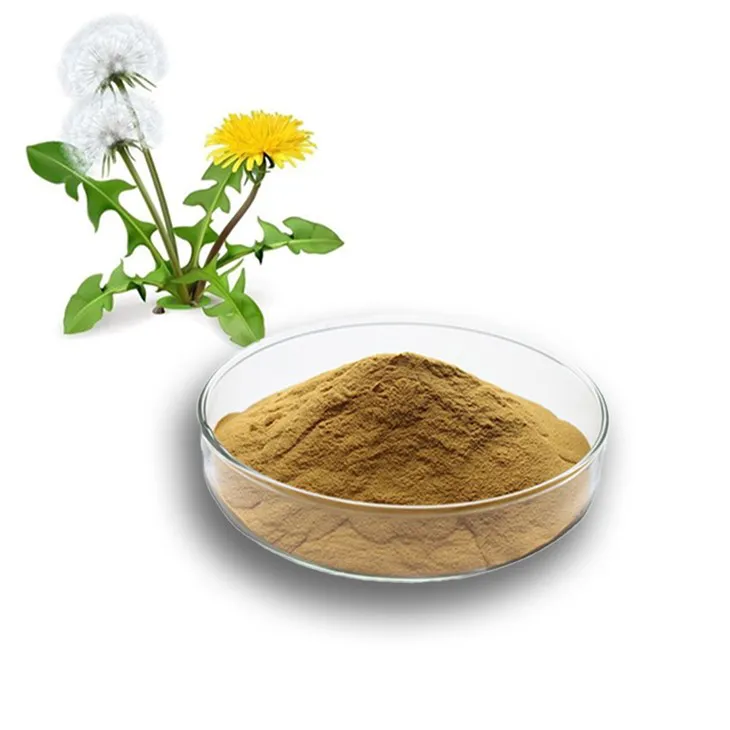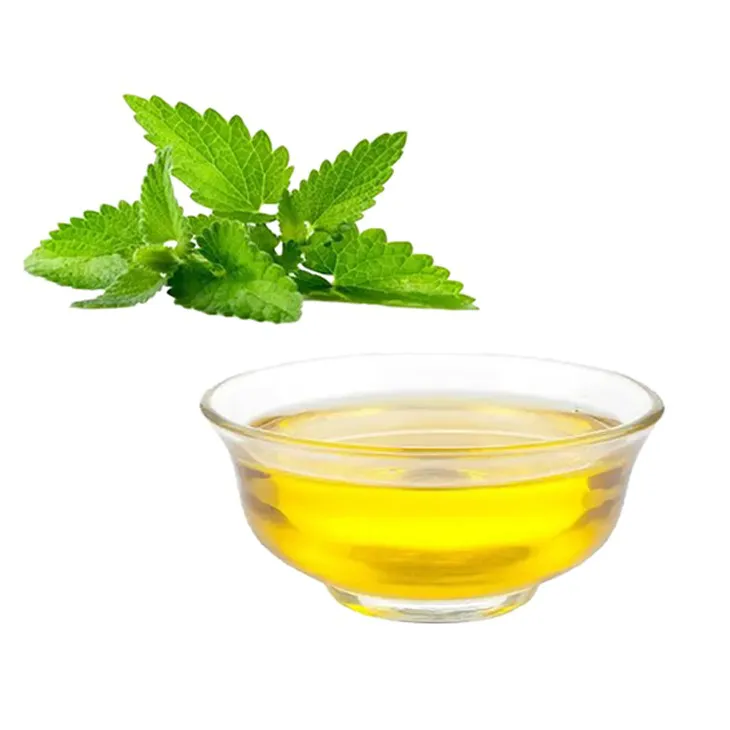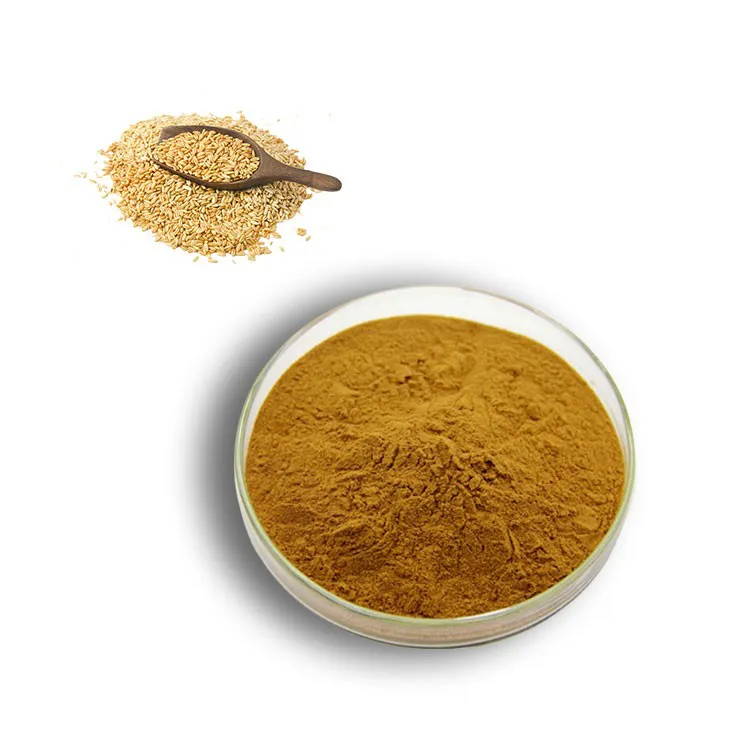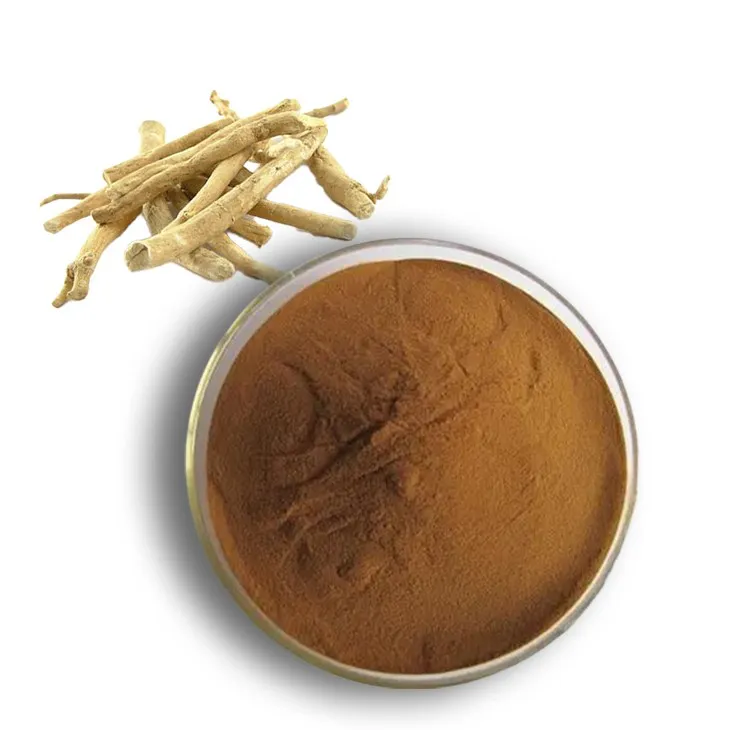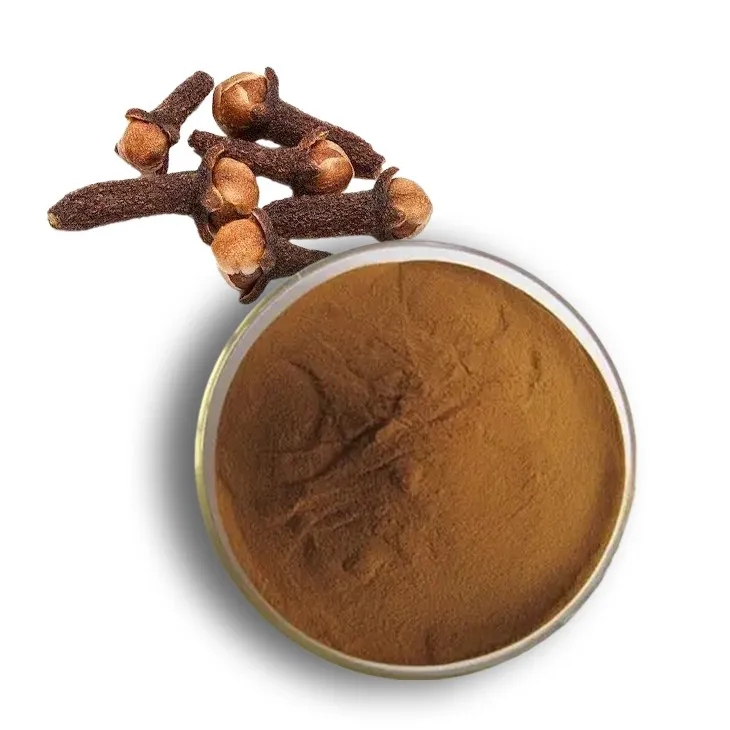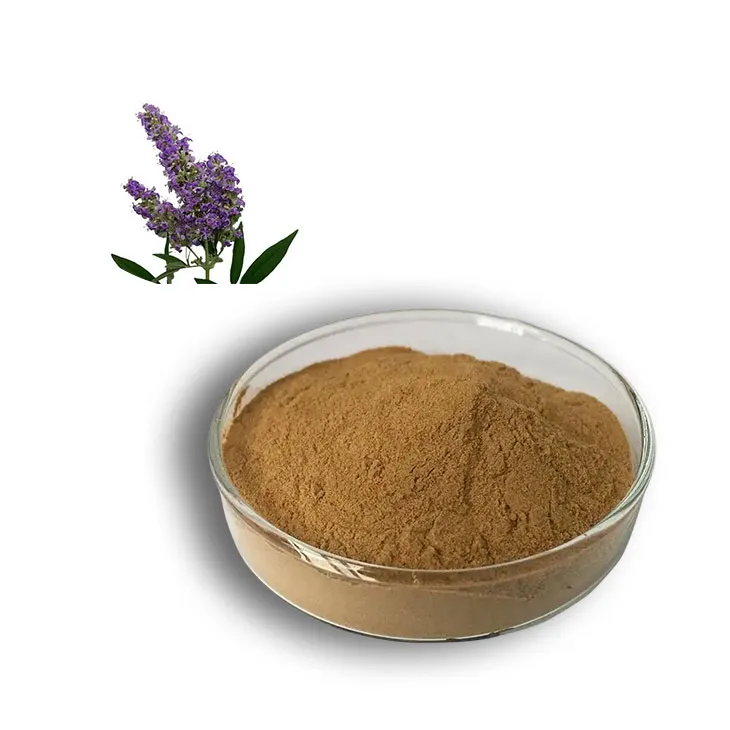- 0086-571-85302990
- sales@greenskybio.com
What is extract?
2025-07-20
In the world of natural products, cuisine, and herbal remedies, the term "extract" frequently appears. It suggests a concentrated, potent form of a substance, capturing the essence of its source. But what exactly is an extract, and how does it fit into the broader landscape of health, wellness, and culinary arts? This article explores the nature of extracts, their creation, uses, and significance across various contexts.
Defining Extracts
An extract is a substance made by drawing out or isolating specific components from a larger source, typically using a solvent such as alcohol, water, or oil. The purpose of extraction is to concentrate the desired elements, separating them from the rest of the material. Extracts often capture flavor, fragrance, or nutritional components, providing an intensified version of the original source.
Extracts can be derived from plants, fruits, herbs, spices, or even animals, depending on the intended application. They are commonly used in cooking, cosmetics, pharmaceuticals, and dietary supplements, underscoring their versatility and broad appeal.
The Extraction Process
The process of obtaining an extract varies depending on the nature of the substance and the desired components. Here are some common extraction methods:
1. Solvent Extraction: This involves using a liquid solvent, such as alcohol or oil, to dissolve and isolate desired elements from the source material. The mixture is then filtered, and the solvent evaporated, leaving behind the concentrated extract.
2. Steam Distillation: Used for aromatic compounds, this process involves passing steam through raw materials to vaporize volatile components, which are then condensed into liquid form.
3. Cold Pressing: Typically used for oils, cold pressing involves mechanically pressing the source material to release essential oils without heat, preserving its natural qualities.
4. Supercritical CO2 Extraction: A more advanced method that uses carbon dioxide under high pressure and temperature to extract compounds from the material. It is ideal for substances sensitive to heat or chemicals.
The method chosen depends on the extract's intended use, the nature of the source material, and considerations of purity and potency.
Types of Extracts
Extracts are classified based on their source and application. Here are some common types:
1. Flavor Extracts: Derived primarily from fruits, herbs, and spices, these extracts are intense in flavor and used commonly in cooking and baking. Vanilla, almond, lemon, and peppermint extracts are popular examples, adding concentrated flavor without the bulk of raw ingredients.
2. Essential Oils: Although technically a form of extract, essential oils focus on isolating the aromatic and therapeutic compounds of plants. They are widely used in aromatherapy, cosmetics, and natural cleaning products.
3. Herbal Extracts: Made from various parts of plants, such as leaves, roots, or flowers, herbal extracts concentrate active compounds for use in dietary supplements and herbal medicine. Examples include ginseng, echinacea, and turmeric extracts.
4. Botanical Extracts in Skincare: These extracts are used for their beneficial properties on skin, tailoring specific needs like anti-aging, hydration, or soothing irritation. Green tea, chamomile, and aloe vera extracts are renowned for their skin benefits.
5. Animal Extracts: Although less common, certain extracts are derived from animal sources, such as cod liver oil, used for its high vitamin D and omega-3 content.
Uses and Benefits of Extracts
Extracts offer greater convenience, consistency, and efficacy compared to using raw materials. Their concentrated nature allows for intensified flavor, fragrance, and therapeutic benefits in smaller quantities. Here are some key benefits and applications:
1. Culinary Applications: Flavor extracts provide chefs and home cooks a means to impart strong, consistent flavors into dishes without altering texture or volume. They can replace or complement fresh ingredients, offering a spectrum of taste options.
2. Nutritional Supplements: Herbal extracts are a popular choice for those seeking concentrated doses of beneficial compounds, such as antioxidants, anti-inflammatories, or adaptogens. They are available in various forms, such as capsules, tinctures, or powders, providing convenience and targeted health solutions.
3. Cosmetic and Therapeutic Uses: Essential oils and botanical extracts add value to skincare, haircare, and aromatherapy products. They offer soothing, rejuvenating, and aromatic benefits, enhancing the appeal of personal care items.
4. Medicinal Purposes: Extracts are integral in herbal medicine, acting as natural remedies for various ailments. Concentrated doses allow for precise application, supporting the treatment of conditions like colds, digestive issues, or stress.
Considerations and Safety
When purchasing extracts, ensuring quality and purity is vital, particularly for dietary supplements or therapeutic applications. Here are some important considerations:
1. Source and Quality: Choose extracts from reputable sources, ensuring they follow ethical sourcing, environmentally sustainable practices, and rigorous testing standards.
2. Ingredients and Processing: Understand the extraction method and any additional ingredients used in the final product. Alcohol content, preservatives, or carriers may be present depending on the extract's form and purpose.
3. Consultation: Seek advice or consultation from professionals when using extracts for therapeutic purposes, particularly if there are underlying health conditions or concurrent medications.
Conclusion
Extracts epitomize the essence of concentrated nutrition and flavor, offering diverse applications across culinary, cosmetic, therapeutic, and medicinal fields. Understanding extraction processes, types, and benefits empowers individuals to utilize extracts effectively and safely. By embracing high-quality extracts, chefs, health enthusiasts, and product creators can enhance their creations with potency, richness, and myriad benefits that continue to captivate and inspire.
- ▶ Hesperidin
- ▶ Citrus Bioflavonoids
- ▶ Plant Extract
- ▶ lycopene
- ▶ Diosmin
- ▶ Grape seed extract
- ▶ Sea buckthorn Juice Powder
- ▶ Fruit Juice Powder
- ▶ Hops Extract
- ▶ Artichoke Extract
- ▶ Mushroom extract
- ▶ Astaxanthin
- ▶ Green Tea Extract
- ▶ Curcumin
- ▶ Horse Chestnut Extract
- ▶ Other Product
- ▶ Boswellia Serrata Extract
- ▶ Resveratrol
- ▶ Marigold Extract
- ▶ Grape Leaf Extract
- ▶ New Product
- ▶ Aminolevulinic acid
- ▶ Cranberry Extract
- ▶ Red Yeast Rice
- ▶ Red Wine Extract
-
Oyster Mushroom Extract Powder
2025-07-20
-
Nettle leaf extract
2025-07-20
-
Coix Seed Extract
2025-07-20
-
Nettle Root Extract
2025-07-20
-
Dandelion Leaf Extract
2025-07-20
-
Peppermint Oil
2025-07-20
-
Oat Straw Extract Powder
2025-07-20
-
Withania Somnifera Extract
2025-07-20
-
Clove Powder
2025-07-20
-
Chasteberry Extract
2025-07-20











